An architectural guide to Toronto
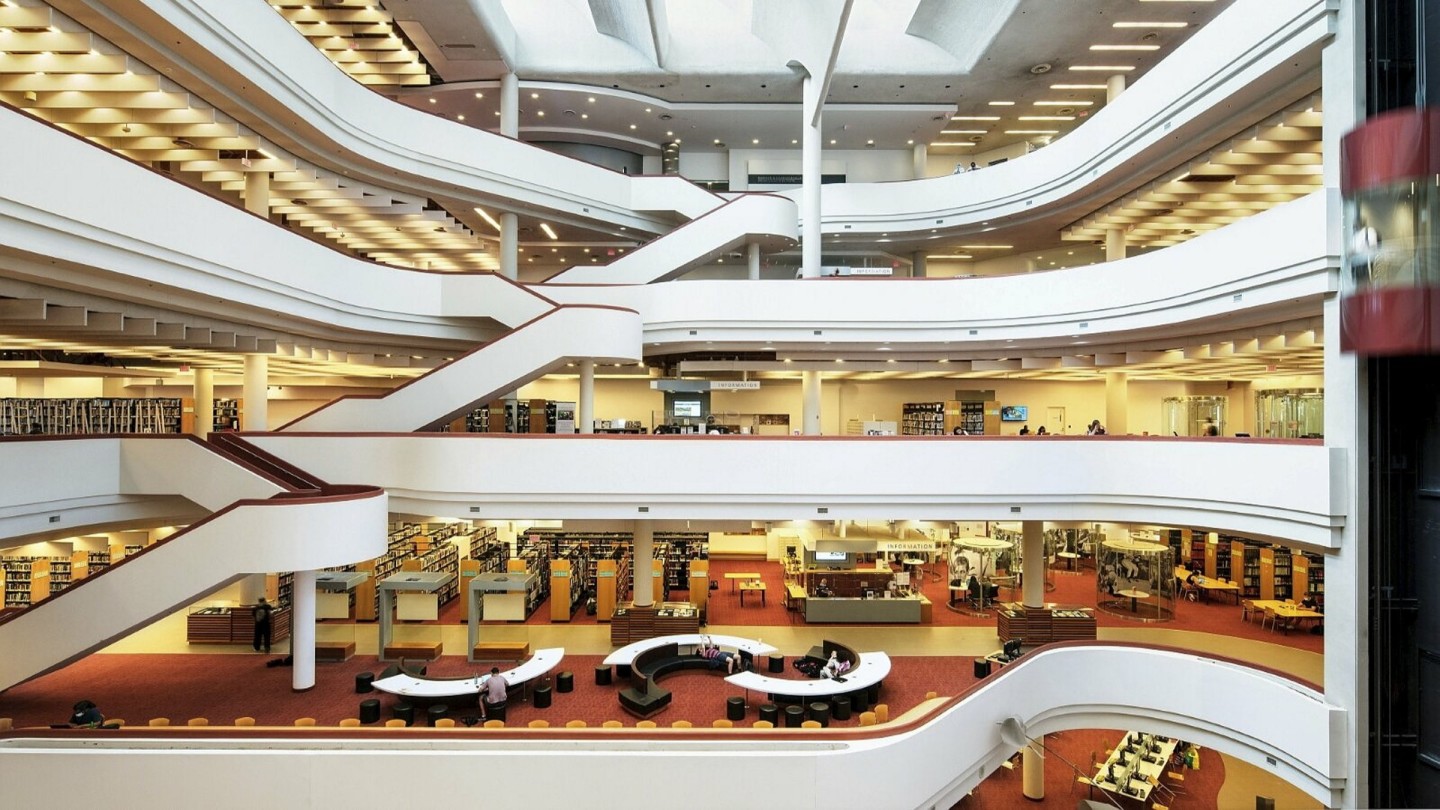
Roula Khalaf, Editor of the FT, selects her favourite stories in this weekly newsletter.
This article is part of a guide to Toronto from FT Globetrotter
Toronto — unlike Chicago, Barcelona or Prague — is not an architecture city. While it’s home to the legendary CN Tower (once the tallest freestanding structure in the world until it was usurped by the Burj Khalifa in Dubai in 2007) and a few glossy black Mies van der Rohe skyscrapers, it’s better known for its spectacular blunders. Most notable is the Michael Lee-Chin Crystal, a series of aggressive spikes by Daniel Libeskind that jut out of a modest heritage building, which has been referred to by critics as “emotionally harrowing” and an “imminent catastrophe”. But such diffidence is in keeping with the spirit of Toronto, which frequently deems itself unworthy of appraisal. But behind the self-effacement you’ll find a vivacious, easy-going city that’s home to a number of stunning, under-the-radar buildings that will surprise and delight.
Cube House
1 Sumach Street, Toronto, ON M5A 4P6
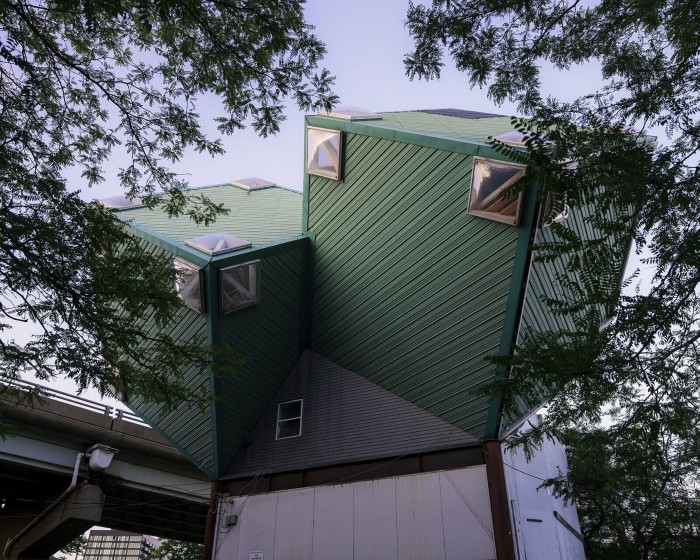
One of the most wonderfully strange buildings in Toronto consists of three tilted green cubes, nestled beside one of the city’s busiest highways — you can view it from the sidewalk nearby. The Cube House, as it’s colloquially known, was built in 1996 by architects Ben Kutner and Jeff Brown in homage to Piet Blom’s cubist complex in Rotterdam, the idea being that it could revolutionise affordable housing, akin to Frank Lloyd Wright’s Usonian houses.
But the plan to roll out more languished, and almost three decades later it remains the only residence of its kind in Canada. (CBC video producer Martin Trainor until recently rented an apartment in the space and let the CBC network film its interior — the other cubes are music studios.) The future of the Cube House has been called into question after a rezoning application filed in 2021 by Markee Development proposed a 35-storey residential tower on the site. There’s a chance that one of the city’s main architectural curios won’t be around much longer. (Directions)
Cabbagetown
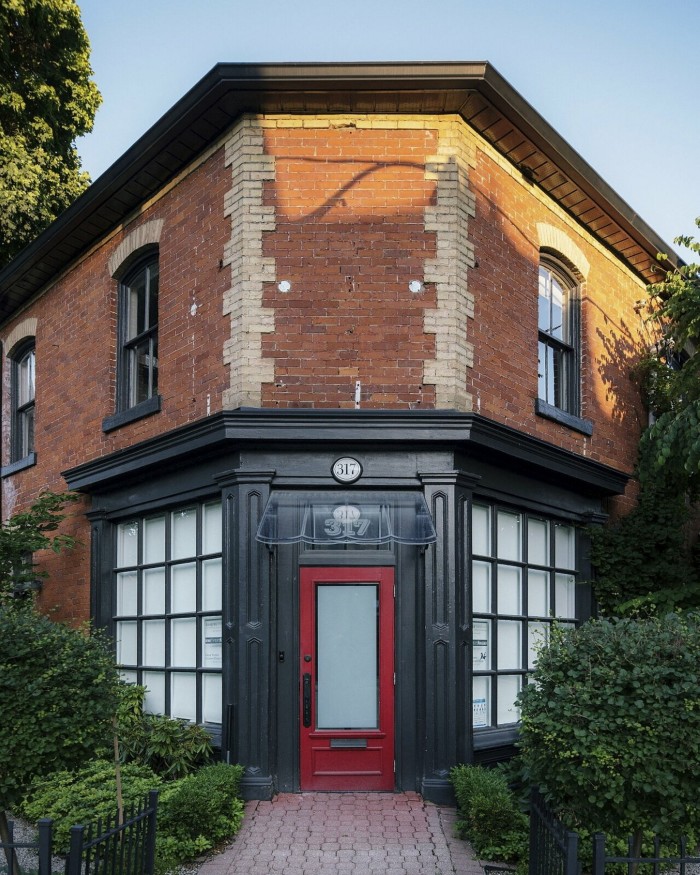
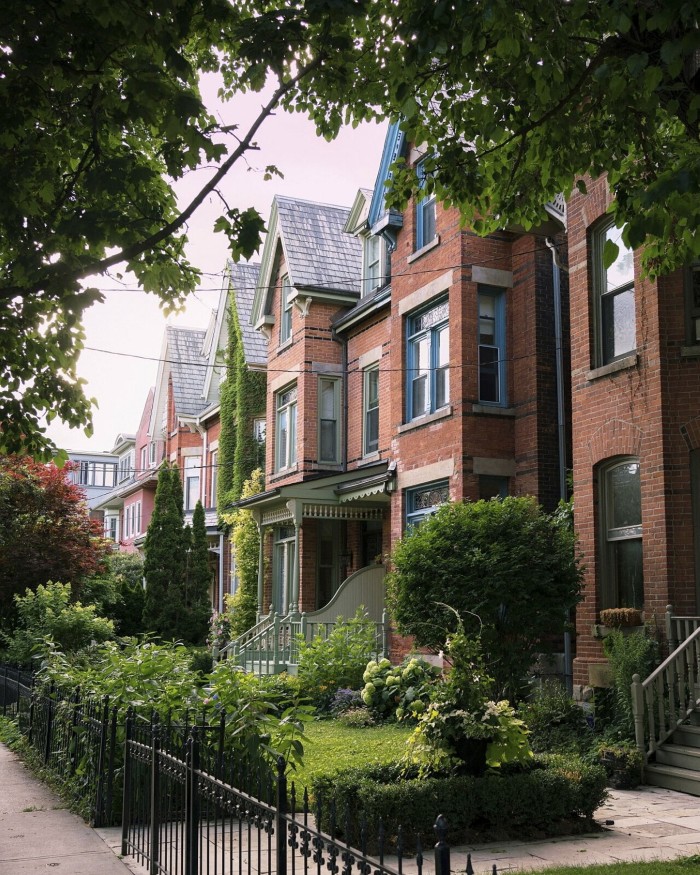
A fact little known even to most residents is that Toronto boasts the largest collection of intact Victorian residential architecture in North America. This quirky-yet-idyllic neighbourhood in the city’s east end is named after the plethora of cabbages grown by Irish immigrants who settled in the area after escaping the potato famine of 1845-51. Now it’s home to some of the most expensive real estate in Toronto. Nods to its rich history are everywhere. Particularly notable homes are distinguished by heritage plaques, while others have small lawn signs indicating famous former residents — everyone from actor Walter Huston (grandfather of Anjelica) to Olympic-medallist figure skater Toller Cranston.
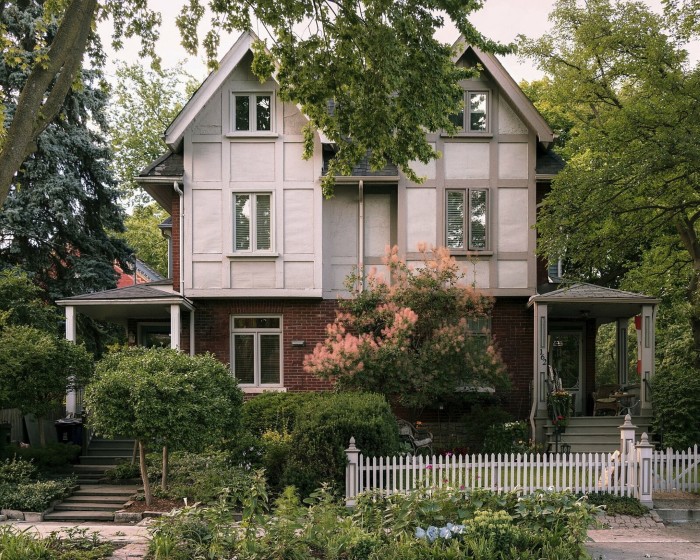
Pick up a coffee at local favourite Jet Fuel and wander the tranquil streets until you reach Riverdale Farm, home to goats, sheep, cows and dozens of chickens. Grab a hot dog or a popsicle from the Park Snacks canteen to enjoy before exploring the nearby sprawling St James’ Cemetery, one of the oldest cemeteries still operating in central Toronto; its chapel is one of Canada’s most striking examples of Gothic Revival church architecture. (Directions)
Toronto Reference Library
789 Yonge Street, Toronto, ON M4W 2G8
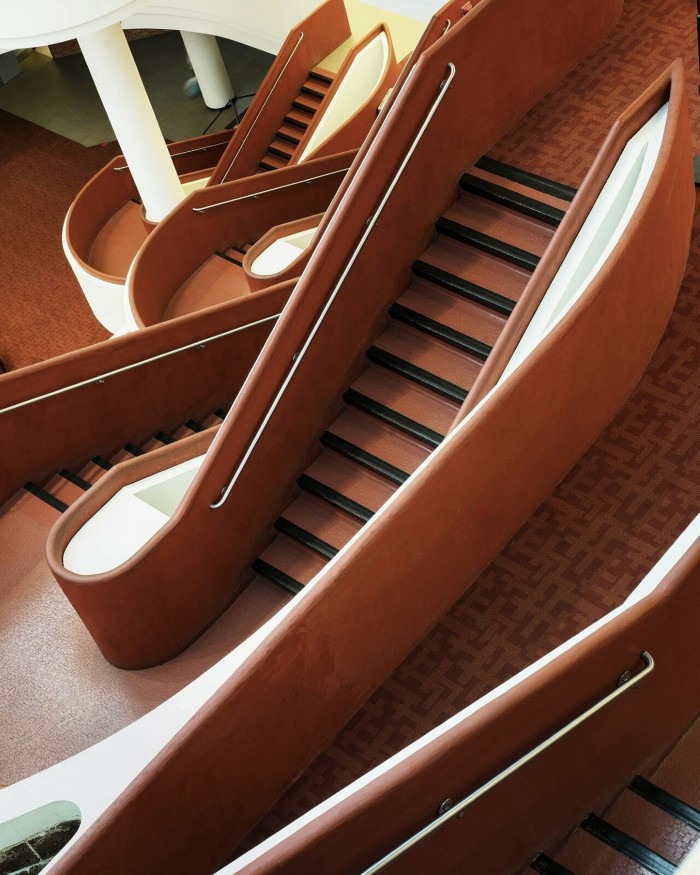
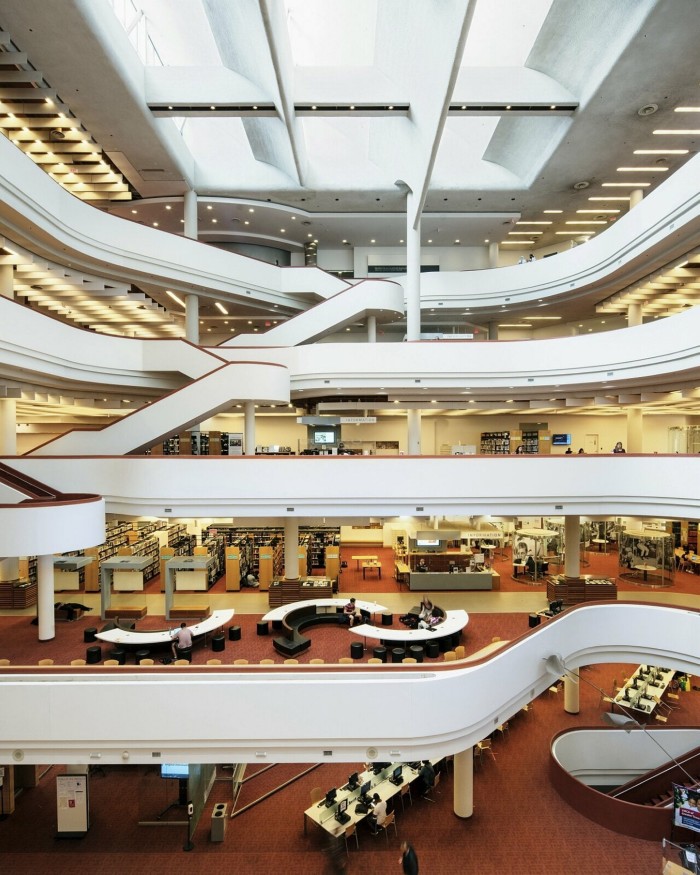
One of Toronto’s most beloved buildings also happens to be its most accessible. The Toronto Reference Library, which sits just north of the bustling Bloor-Yonge intersection, is a maze of Modernist, undulating curves that elevates utility in the direction of the sublime. It was designed by Raymond Moriyama in 1977, and the rust-coloured carpeting and glass elevators give off a distinctly retro, groovy sensibility. But the interior’s astonishing curves have stood the test of time to become one of the city’s most Instagrammable spaces. Despite its slightly dated interior, one can’t help but fall under its good-natured spell. (Website; Directions)
RC Harris Water Treatment Plant
2701 Queen Street East, Scarborough, Toronto, ON M4E 1H4
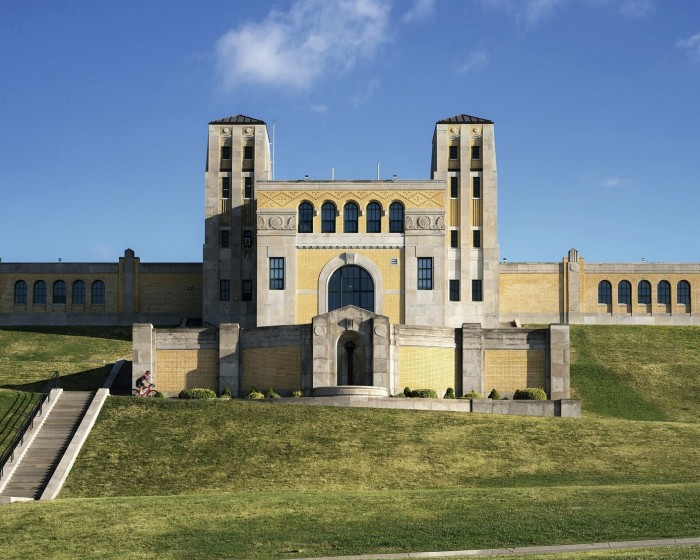
Perhaps the only building in Toronto that could be described as majestic, the 1930s-built RC Harris Water Treatment Plant juts out from its beachy surroundings like an Art Deco Camelot. While a functional water treatment plant might not be everyone’s idea of a tourist attraction, the historic building is notable for its starring role in Michael Ondaatje’s novel In the Skin of a Lion, as well as numerous film appearances, including Guillermo del Toro’s Mimic and the 1980s Canadian classic Strange Brew.
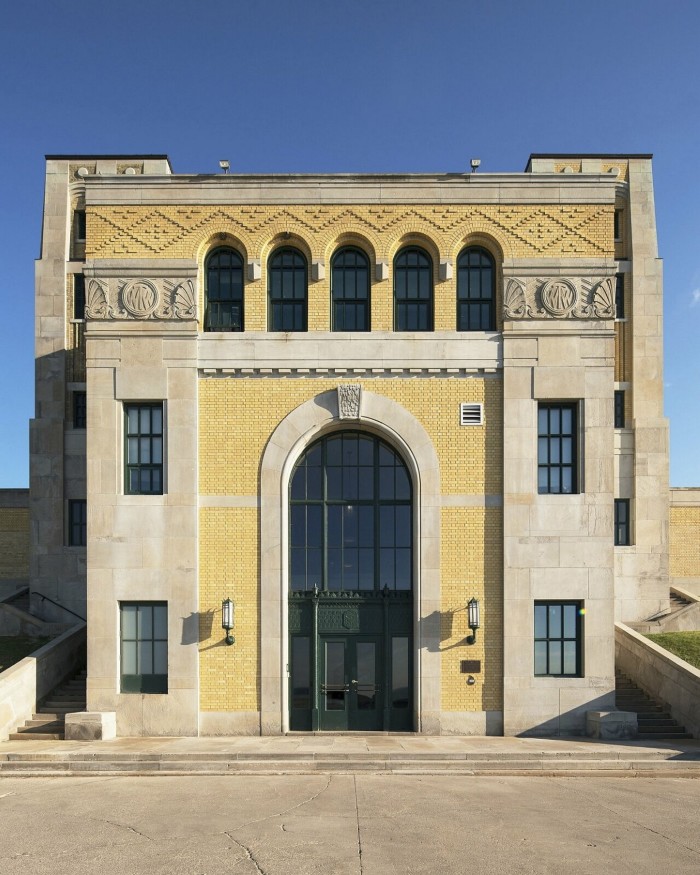
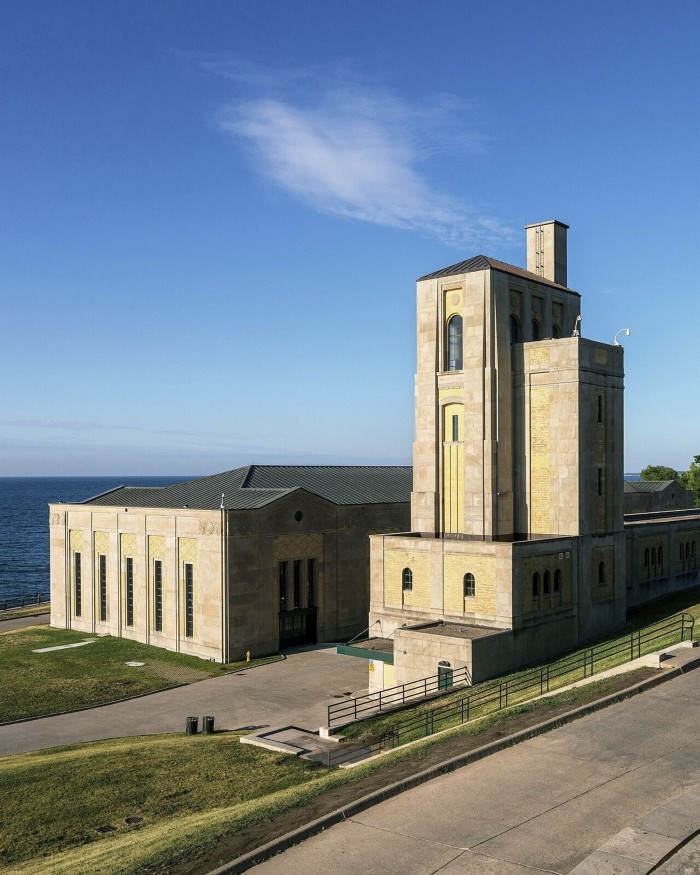
The interiors of the buttercream-frosting-coloured edifice are just as opulent as the exterior, with marbled entryways and a gold clock tower, lending it the nickname of the “Palace of Purification”. While the building is only open to visitors a couple of days of the year during Doors Open Toronto, this beautiful example of critical infrastructure, producing nearly 30 per cent of the city’s drinking water, is still more than worth a visit to take in its magnificent exterior. (Website; Directions)
Integral House
194 Roxborough Drive, Toronto, ON M4W 1X8
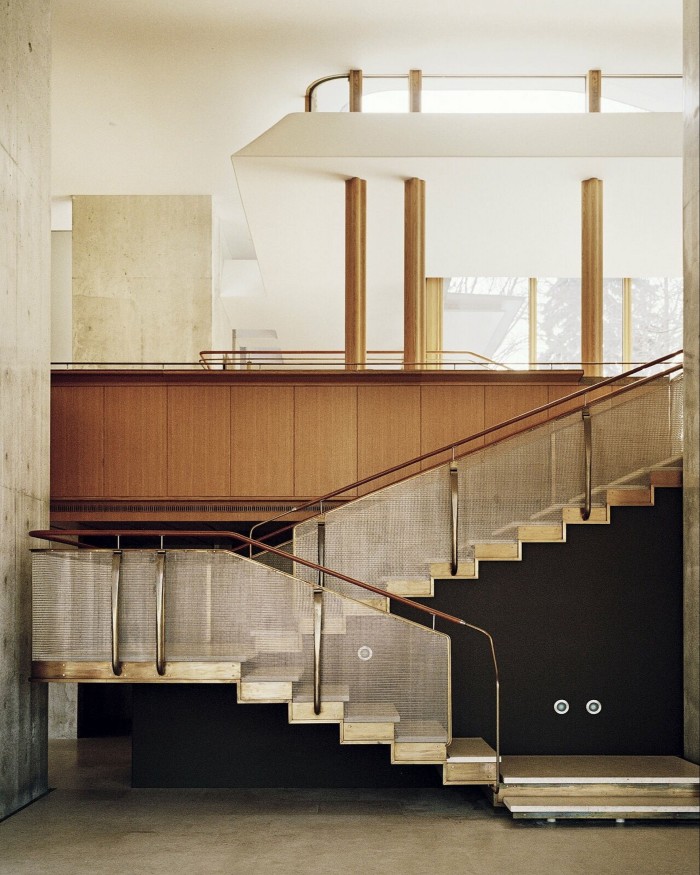
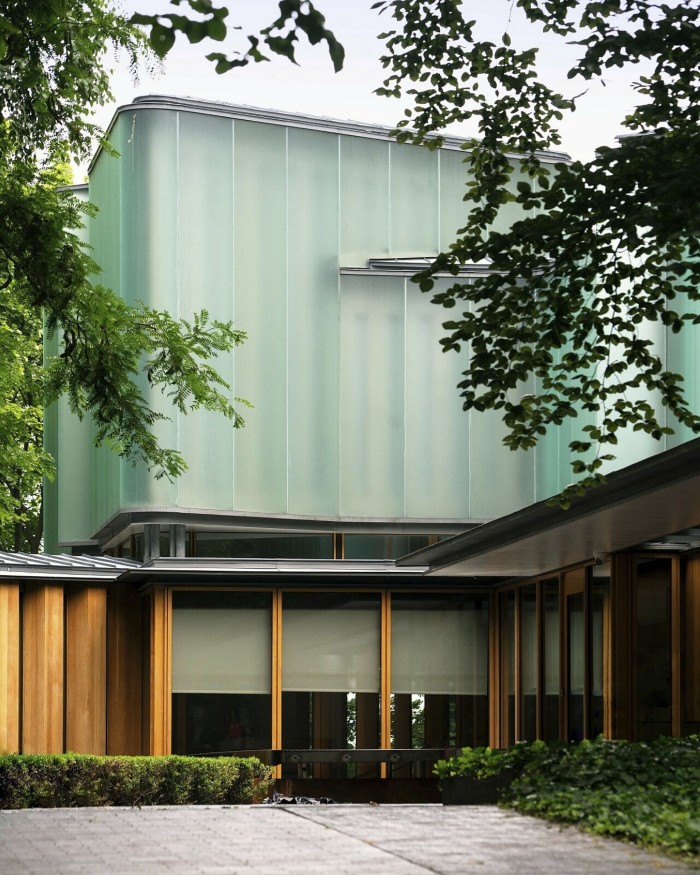
Tucked away in Toronto’s plush Rosedale neighbourhood lies “one of the most important private houses built in North America in a long time”, according to Glenn D Lowry, director of New York’s Museum of Modern Art. Finished in 2009, the Integral House by Toronto architects Shim-Sutcliffe is a curvilinear masterpiece commissioned by Canadian mathematician and violinist James Stewart and built to serve both passions equally. As the author of bestselling calculus textbooks, Stewart ordained that the house be a celebration of the curve (he referred to calculus as “the mathematics of curves”) and to accommodate a 200-seat hall so he could host impromptu concerts. The residence was the subject of a 2017 documentary, Integral Man, as well as the muse of a work by the Hong Kongese-Canadian composer and pianist Matt Poon. Stewart died in 2014 and the house has been sold twice since, for C$15mn in 2016 and C$18mn in 2020. (Website; Directions)
Art Gallery of Ontario
317 Dundas Street West, Toronto, ON M5T 1G4
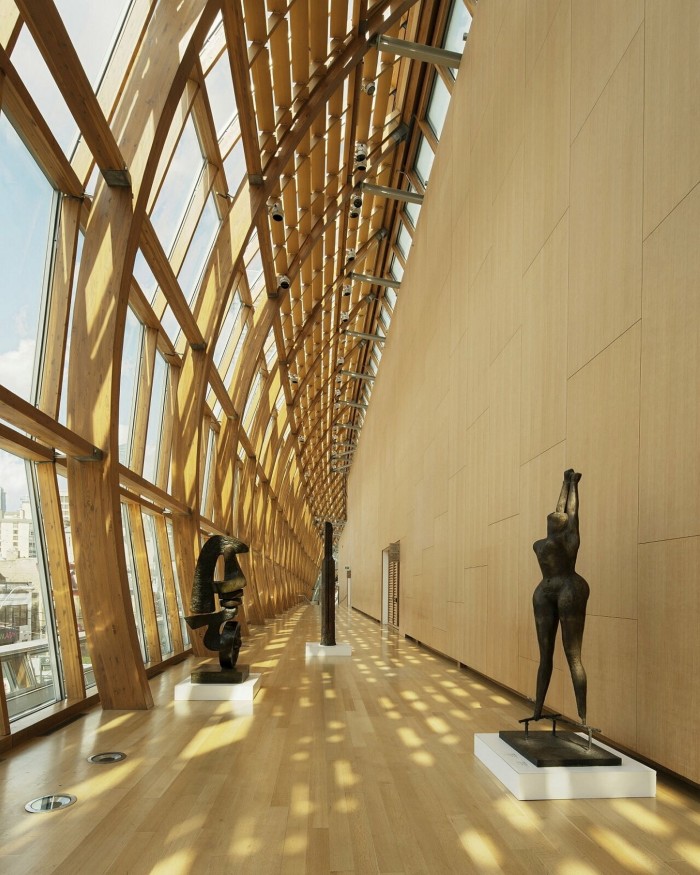
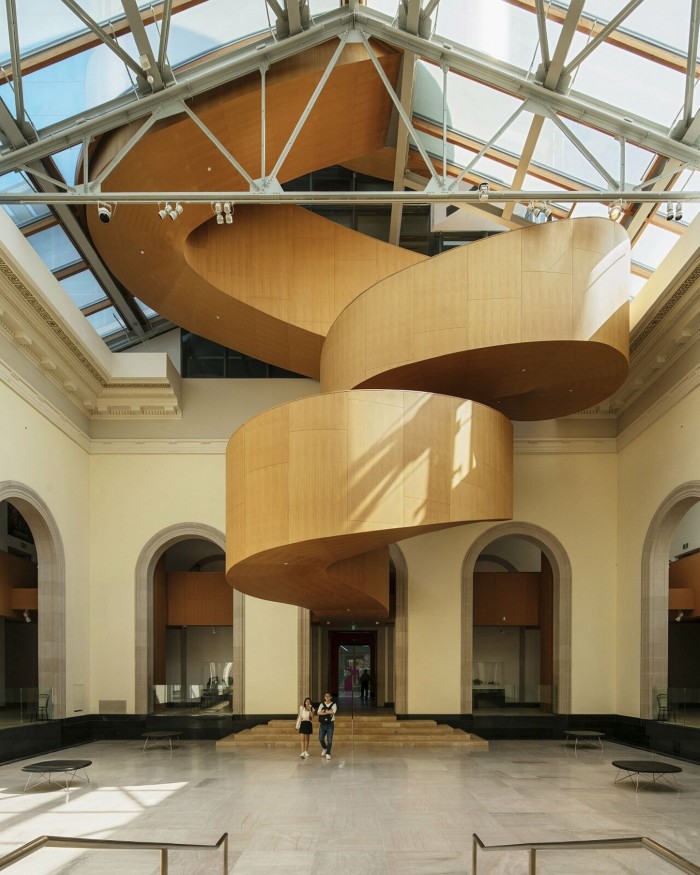
Just like the Guggenheim Bilbao or the Museo Soumaya in Mexico City, the Art Gallery of Ontario (AGO) — redesigned from 2004 to 2008 by hometown architect Frank Gehry — belongs to the echelon of museums in which the building is as much a work of art as the objects inside. Blond- wood spiral staircases curl like ribbons on top of a cake, and the gallery’s light-filled hallways, which resemble a ship’s ballast tanks, are one of the most beautiful public places in Toronto in which to settle into a cosy chair with a book. The AGO is also home to the Henry Moore Sculpture Centre, a peaceful grotto of the British sculptor’s hulking-yet-graceful human forms, as well as a spectacular collection of indigenous art. Head to nearby Chinatown for a pastry at one of the many Chinese bakeries on Spadina Avenue. (Website; Directions)
Allan Gardens Conservatory
19 Horticultural Ave, Toronto, ON M5A 2P2
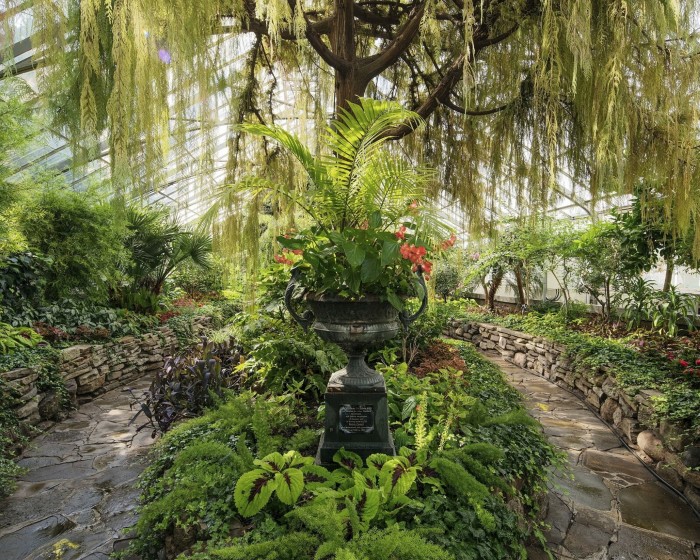
In the midst of one of Toronto’s many parks rises a magnificent glass and sandstone pavilion housing a myriad of lush tropical plants. The Allan Gardens Conservatory first opened in 1860. The current structure was completed in 1910, after the previous building was ravaged by fire. The domed greenhouse is one of the most stunning examples of early-20th-century architecture the city has to offer. Inside is an oasis of botanical wonders, including sprawling aloe plants, rows of delicate orchids and several spiky ottoman-shaped cacti. (Website; Directions)
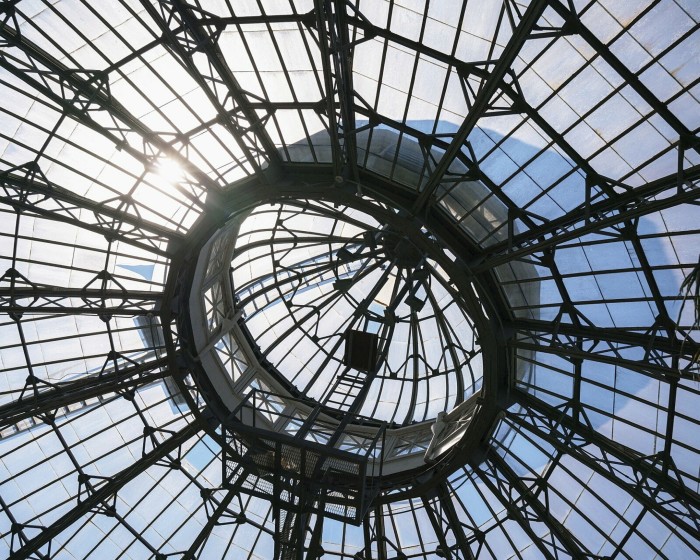
Rosalie Sharp Centre for Design
100 McCaul Street, Toronto, ON M5T 1W1
Unveiled in 2004, this Ontario College of Art and Design structure, which looks like a polka-dotted spacecraft held up by a series of coloured pencils, is one of Toronto’s more polarising buildings. It was designed by the late British architect Will Alsop, who rightfully claimed that it “aerates the city”. Its playful aesthetic brings a much-needed sense of humour to Toronto’s architecture scene. It’s an anomaly in a city full of stuffed shirts, buildings-wise, its free-spirited design standing above (figuratively) the rest of Toronto’s staid, buttoned-up efforts. (Website; Directions)
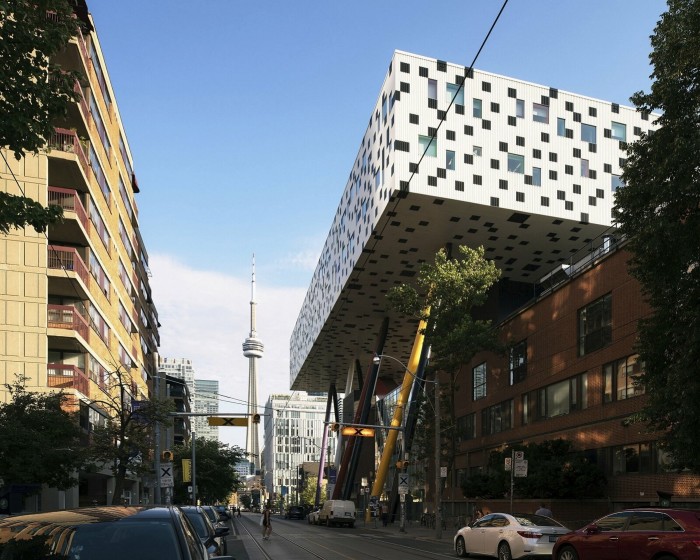
What’s your favourite Toronto building? Tell us in the comments
Follow FT Globetrotter on Instagram at @FTGlobetrotter
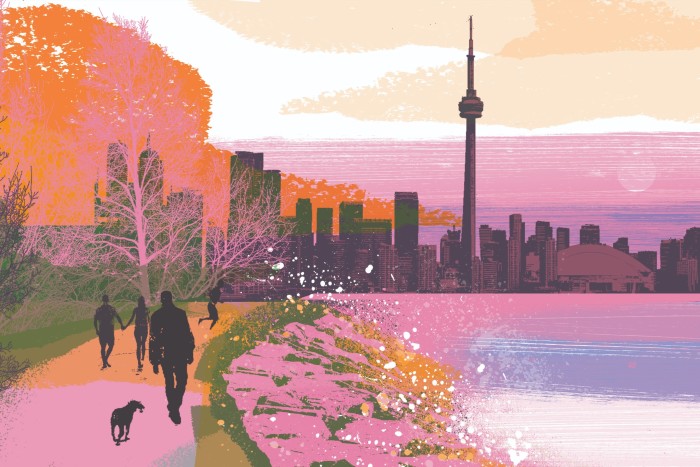
Comments